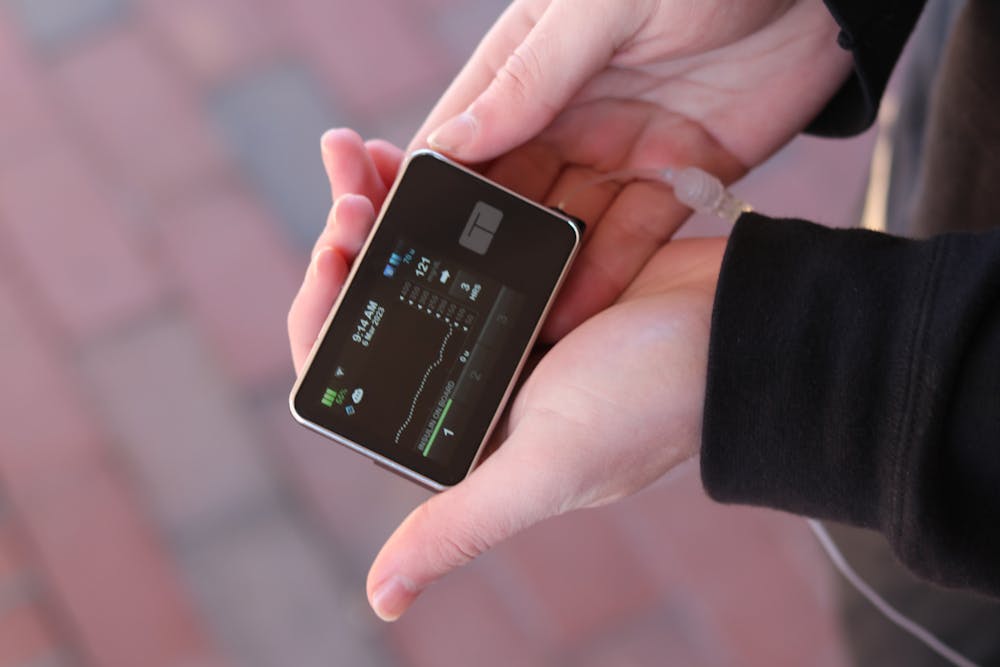Eli Lilly, one of the top three producers of insulin, announced last Wednesday that it would cut the prices of some of its most commonly prescribed insulin products by 70%.
Eli Lilly, Novo Nordisk and Sanofi own roughly 90% of the global insulin market. While costing less than $10 to manufacture, the average annual amount of out-of-pocket money that people with health coverage have to pay for insulin has more than doubled over the last two decades, according to Health System Tracker.
The expense can lead to dire situations for people who need insulin to survive, particularly those who do not have insurance to help cover the cost. Some have gone as far as to ration their insulin, which can be harmful and, in some cases, fatal.
Sophomore Owen Miller, who has had Type 1 diabetes since he was 11 years old, was hospitalized his freshman year because of a problem with the infusion set for his insulin. Having gone a couple days without insulin, Miller said he was throwing up constantly and his blood was acidic.
“I felt horrible. And if it went on any longer, worse things would have happened,” Miller said.
After a night in the emergency room and some insulin, he said he was in better shape.

Miller’s hospitalization was an accident, but it gave him perspective on the experiences of people who have to take the risk of making their insulin stretch because they struggle to afford it.
“If we just had affordable insulin, it wouldn’t have to be a problem,” Miller said.
Lilly’s recent decision may prevent more people from needing to make this choice. The price of Humalog, Lilly’s most commonly prescribed insulin product, will be reduced by 70% by October. Insulin Lispro, Eli Lilly’s non-branded insulin product, will cost $25 starting May 1, making it the most affordable mealtime insulin on the market. The company already had a policy in place capping the out-of-pocket price of insulin at $35 a month, whether or not the patient has insurance.
Many who rely on insulin, including Miller, get much of the cost covered by their insurance. But even with insurance, insulin can still be expensive.
Compared to other drugs, insulin has a longer period of protection before generic competitors are able to sell affordable substitutes. Companies like Eli Lilly are known to make frequent adjustments to their products, extending that protection period even further. The freedom U.S. pharmaceutical companies have to set their own prices combined with the lack of competition from cheaper generic products is what makes the price of insulin so exorbitant.
“It's like a monopoly, there's no other options,” Miller said. “You either take it and you're healthy, or you don't take it and you’re not healthy. You can't afford to not take it because your health will just deteriorate so fast.”
Lily Ribero, a sophomore, also has Type 1 diabetes and takes issue with the high cost.
“Because it is a basic resource that people need to live, I feel like it shouldn’t be something that is price gouged that much,” Ribero said.
Insulin helps blood sugar enter the cells in the body for use as energy. Without it, blood sugar can build up in the bloodstream. People with Type 1 diabetes cannot produce enough insulin themselves. People with Type 2 diabetes produce an excess amount of insulin. With either type, rises in blood sugar can result in heart or kidney disease and symptoms can take the form of headaches, dizziness, nausea and more, according to the Centers for Disease Control and Prevention and Mayo Clinic.
Both Former President Donald Trump and President Joe Biden campaigned for lower insulin prices, and Congress imposed a maximum of $35 insulin copayments per month for Medicare patients in its Inflation Reduction Act last year.
Despite this, both Lilly’s cut in prices and Congress’ regulations will likely have little effect on privately-insured individuals, as their insurance plans already pay the bulk of the cost.
“It's a step forward that we needed,” Miller said. “Especially around here, there's a lot of people who can't afford insurance, and are doing basically anything they can just to get the medicine that they need. It's life changing medicine, and they can't afford it.”
Ribero hopes the announcement will push other insulin manufacturers to cut their prices.
“There’s three major companies and Eli Lilly is just one of them. So the two other ones, they still have super, super high prices,” Ribero said. “Not everyone has access to Eli Lilly, so they’ll get whichever one they have access to. It’s not very fair.”
While Miller believes Lilly’s cut in prices is a good start, he also said insulin producers across the board need to make their products accessible and affordable to a larger amount of the population.
“When insulin is affordable for everyone, and not just by one company, that will do the job,” Miller said.


